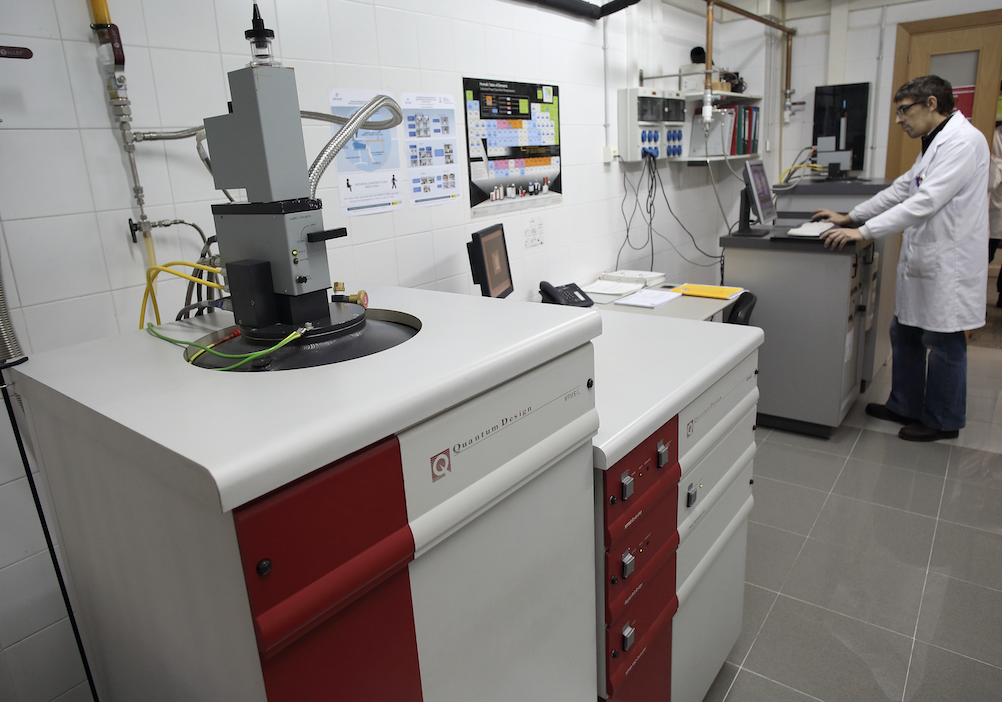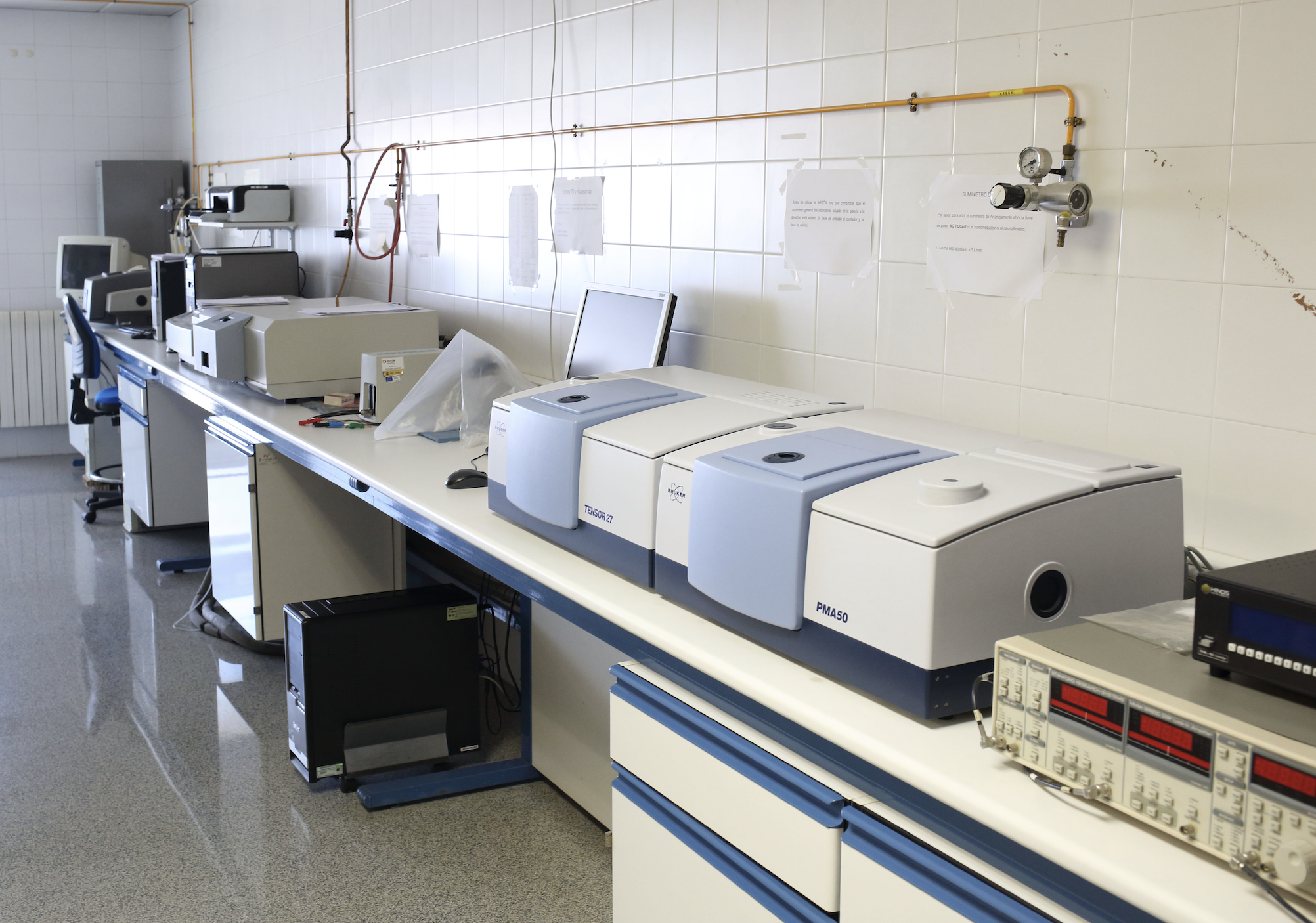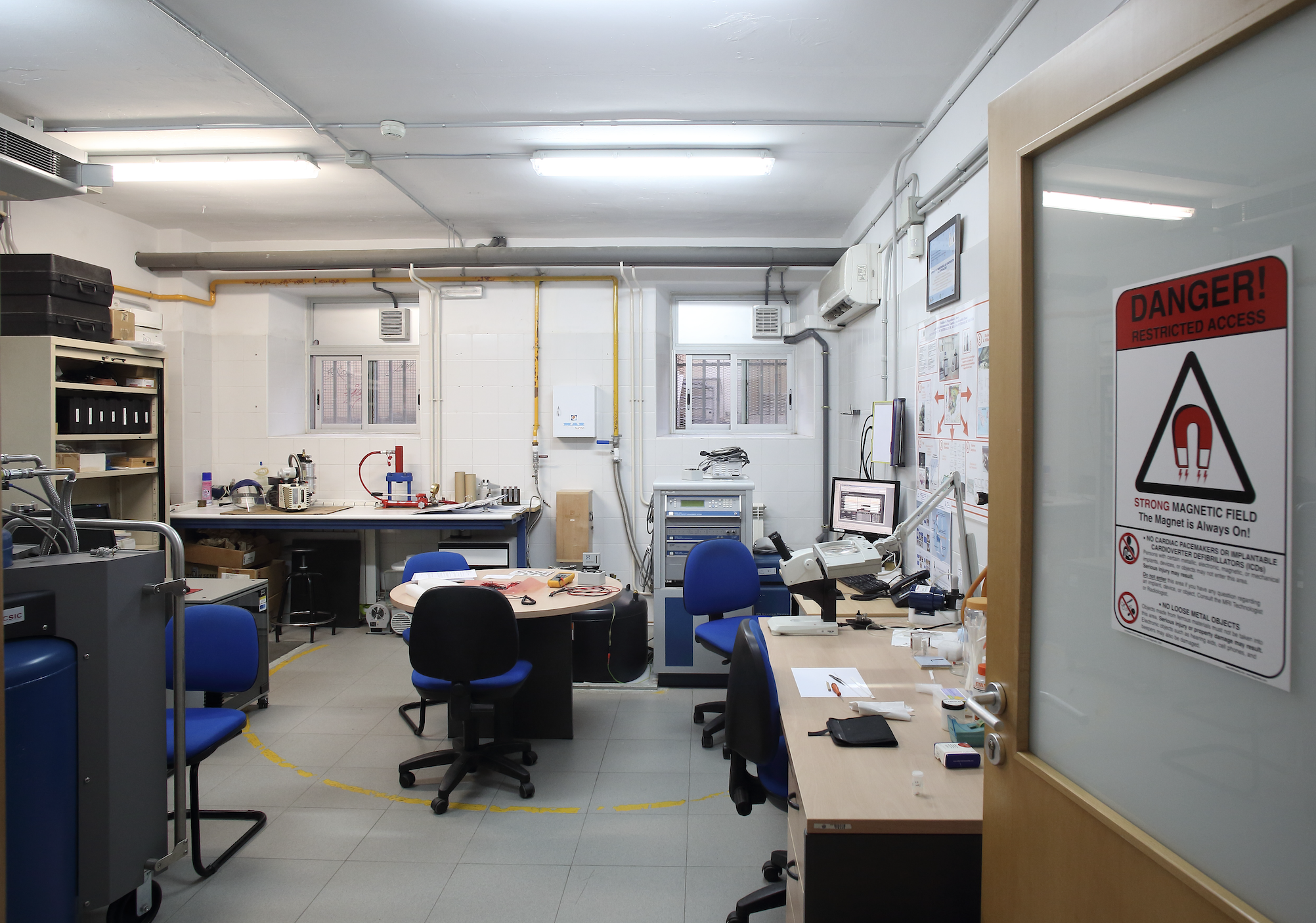Introduction
Temperature control systems are responsible for approximately one half of the energy consumption expenditure. Hence, refrigeration based on the magnetocaloric effect (MCE), seen as a promising technology to replace traditional refrigerators, has become overwhelmingly important. There is an obvious economic interest, not only in the field of near-room-temperature refrigeration. The threat of a global helium shortage has become a recurring story since the high demand for helium-3 for the detection of nuclear weapons. In the last decade, we have seen a significant increase in the number of companies that market cryogenic refrigerators based on MCE.
Achievements
The development of new materials with a high MCE for application in magnetic refrigeration in household appliances (i.e., close to room temperature) or at low temperatures (e.g., to liquefy hydrogen, natural gas or helium) is one of our main strengths. The design of new cooling systems is another distinguishing feature. Part of our recent activity, in collaboration with the industrial sector, has consisted in the simulation and development of prototypes of adiabatic demagnetization refrigerators (ADR's) for room temperature. In the field of low temperatures, we have found extraordinary values of MCE thanks to various material design strategies: ferromagnetism, frustration and polarization of rare earths by transition metals, among others. Additionally, groundbreaking results from us and other leading groups have shown that molecular materials are a special class of cryogenic magnetic refrigerants. The high modularity at a chemical level allows their properties to be changed in a controlled way. Our contributions in molecular refrigerants include, among others, the first observation of (a) a MCE higher than that of commercially used refrigerants, (b) magnetic refrigeration to temperatures close to absolute zero, (c) the feasibility of small-scale refrigeration, in nanometric deposits and layers.
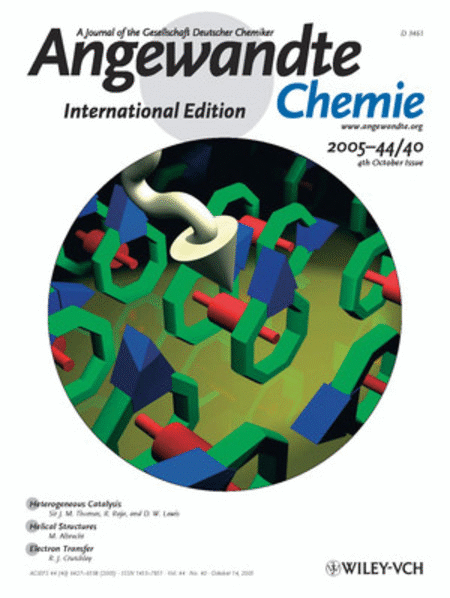
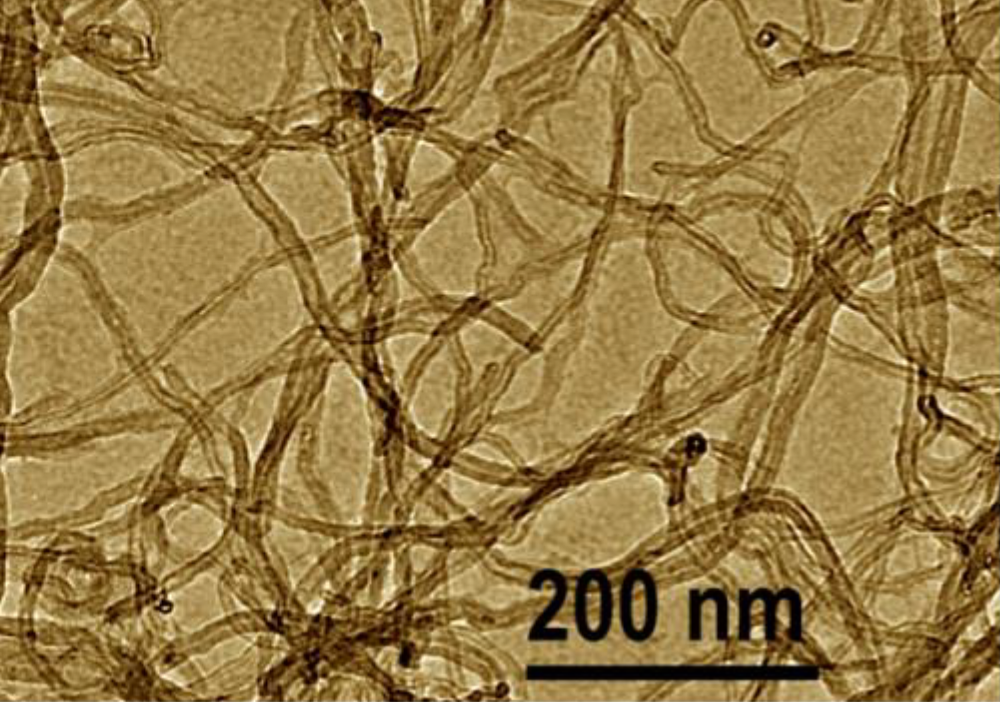
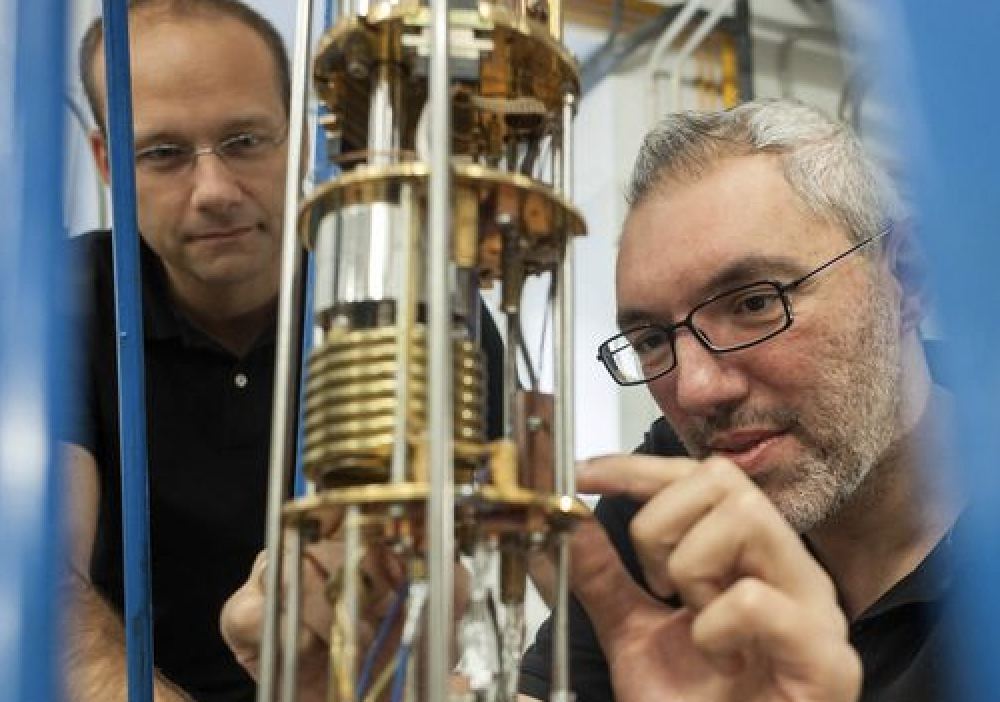
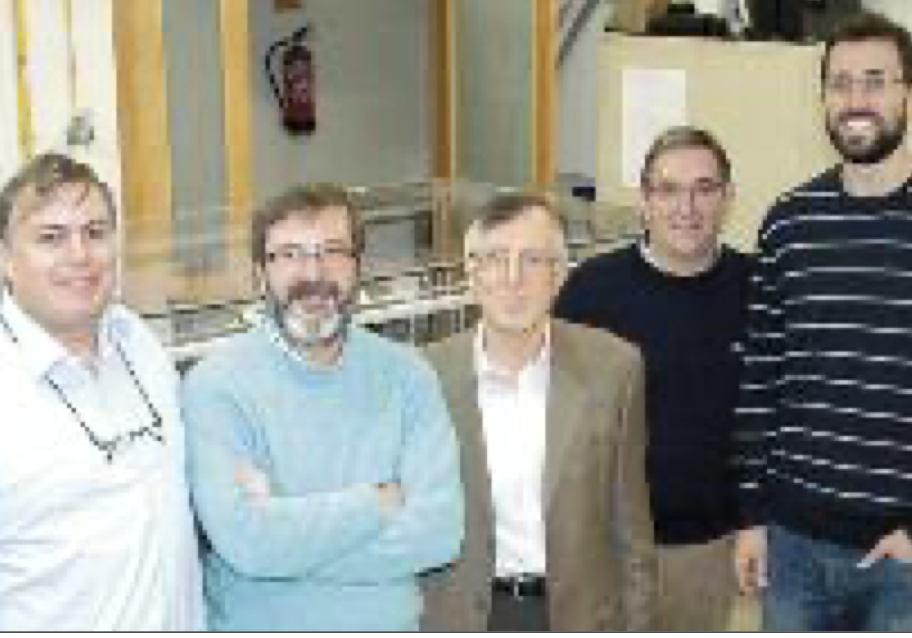

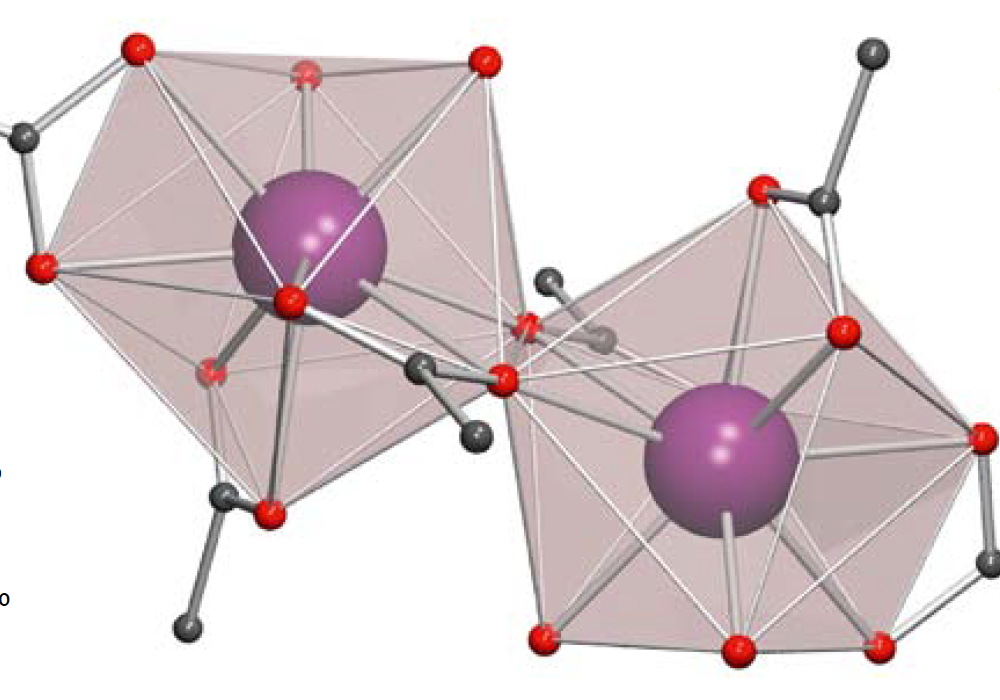
Present and Future
We address the experimental challenges that lie ahead to bring magnetocaloric materials closer to magnetic refrigeration applications. We look at magnetic refrigerants from two perspectives: as bulk for more conventional ADR's and as thin films anchored to a silicon surface for on-chip micro-coolers. For the former, we focus on topics that are of current interest and particularly promising, such as MCE in anisotropic magnets and MCE in frustrated quantum magnets. In parallel, we are advancing in the development of experimental tools, such as nano-calorimetry and direct measurements of MCE from room to very low temperature, which have already made valuable contributions in this field of research. One goal is to reduce the size of refrigerators to the smallest scale, progressing towards innovative niche applications. In this field, we manufacture sensors based on a silicon membrane, where we anchor molecules and metal-organic framework materials with high MCE, either growing in-situ or depositing pre-formed particles. These devices can be used as cooling platforms for all kinds of experiments that require temperatures close to absolute zero, for example, for detecting gamma and X rays in astronomy and materials science, for quantum computing or safety instrumentation.
Our multidisciplinary approach, encompassing cryogenics, quantum magnetism, surface science, and MEMS technologies, along with well-defined goals, leads us to face challenges at the frontiers of scientific and technological knowledge. The European Science Foundation (ESF), through the Expert Committee on Materials Science and Engineering, identifies magnetic refrigeration as a milestone of the Social Challenge on Clean, Safe and Efficient Energy. Advanced functional materials, such as magnetic refrigerants, offer the possibility of building compact and energy efficient magnetic cooling systems, based on the magnetocaloric effect. Furthermore, in the field of cryogenics, such refrigerators represent a means of eliminating dependence on helium (the two natural isotopes), which the EU has recently categorized as a critical raw material, due to its limited supply.
Projects
Estudio del efecto magnetocalórico y fototérmico de nuevos materiales
MAT2017-86019-R MINECO (2018 – 2020)
Elementos para un sistema de refrigeración magnética en el rango de temperatura de frigoríficos
BSH (Giengen, Zaragoza) OTRI (2013 – 2018)
Strongly correlated electron systems as advanced magnetocaloric materials
IRN-CNRS (2021 – 2025)
Molecules for information and refrigeration technologies
MAT2015-68204-R MINECO (2016 – 2018)
Moléculas para refrigeración magnética
CSIC (PIE-201960E002) (2019)
Explorando mecanismos ferroeléctricos impropios para óxidos funcionales basados en perovskita
RTI2018-098537-B-C22 Ministerio de Ciencia, Innovación y Universidades (2019 – 2021)
Refrigeradores moleculares
RTI2018-094909-J-I00 (ReMo) Ministerio de Ciencia, Innovación y Universidades (2019 – 2020)
Randomly Selected Publications
Experimental Techniques
Typical experimental techniques employed frequently in these investigations

